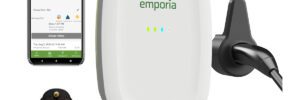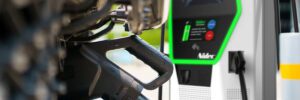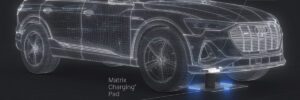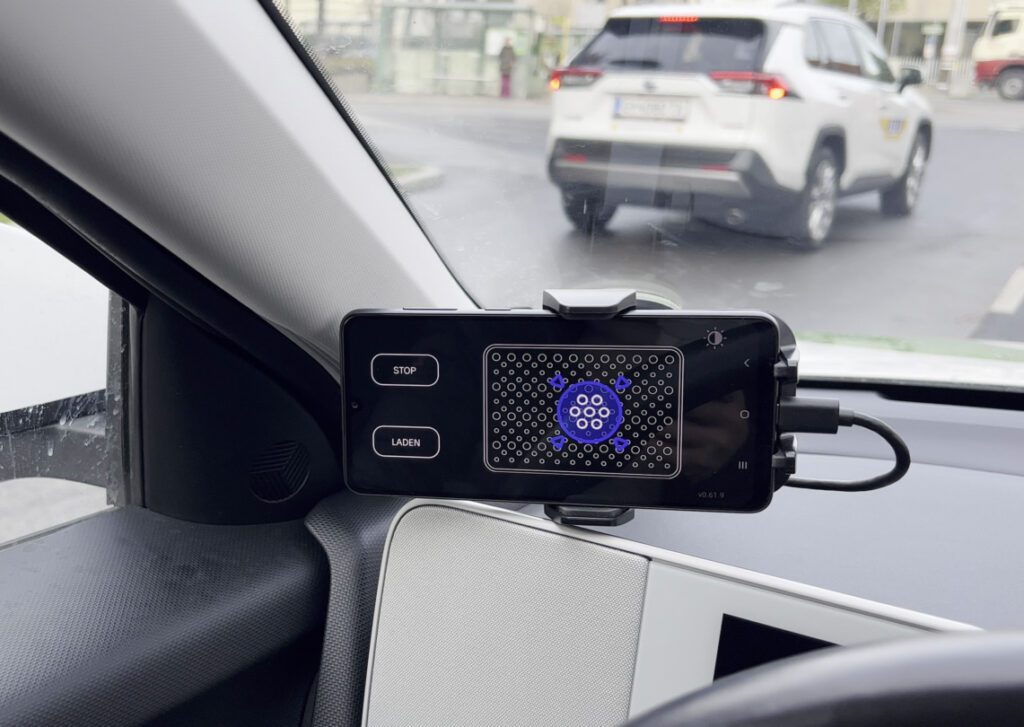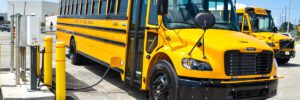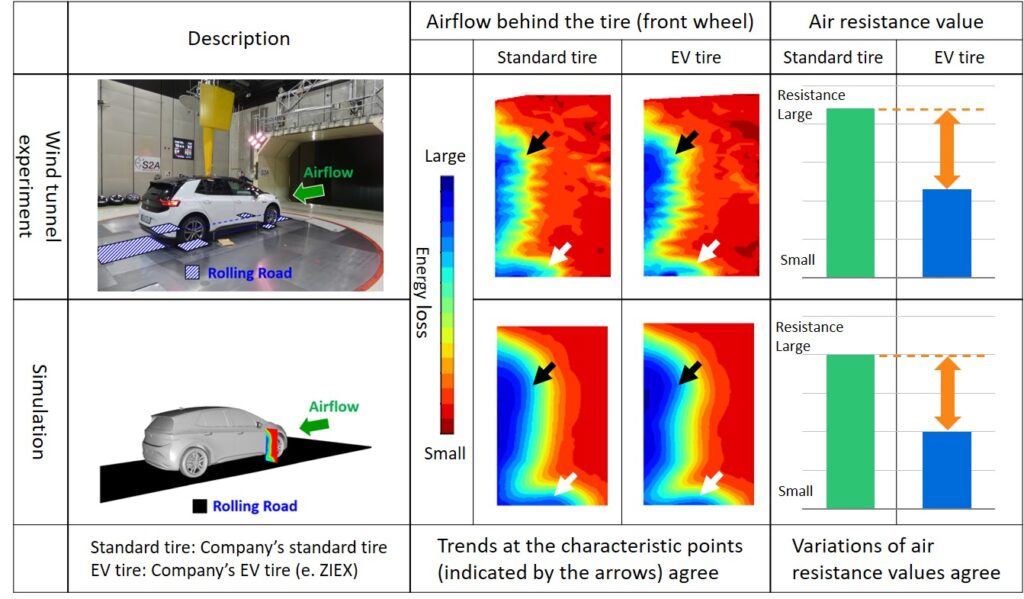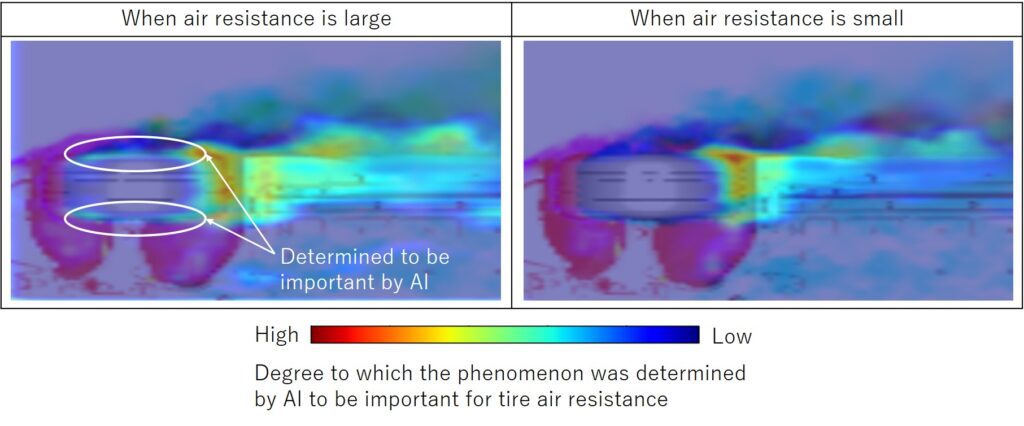Charged is hosting a virtual conference on EV engineering that’s free to attend, and it starts today. The conference includes live webinar sessions with interactive Q&As and on-demand webinars. View the daily session schedule online here.
All of the live sessions will be recorded and available to view after the broadcasts. You can access the recorded videos on each session’s registration page.
Monday, April 15th Session Topics:
9:15 am EDT
Power Electronics For Battery Testing
Join Us
9:30 am EDT
Powering Tomorrow: Enhancing EV Efficiency Through Advanced Passive Technologies
Join Us
11:00 am EDT
High Power Charging: Enabled By DC Contactors
Join Us
11:45 am EDT
Converting To NACS: More Than Just a Coupler
Join Us
11:45 am EDT
E-Fuse based on Microchip’s mSiC Technology
Technology
Join Us
12:30 pm EDT
Mitigating EV Battery Thermal Runaway Risks With Simulation Technology
Join Us
1:00 pm EDT
Power Factor Correction Design For DC Fast Charging Systems
Join Us
1:15 pm EDT
Charge Times of NACS vs J1772: What Charging Interfaces Will Look Like In 3 Years
Join Us
Source: Electric Vehicles Magazine





